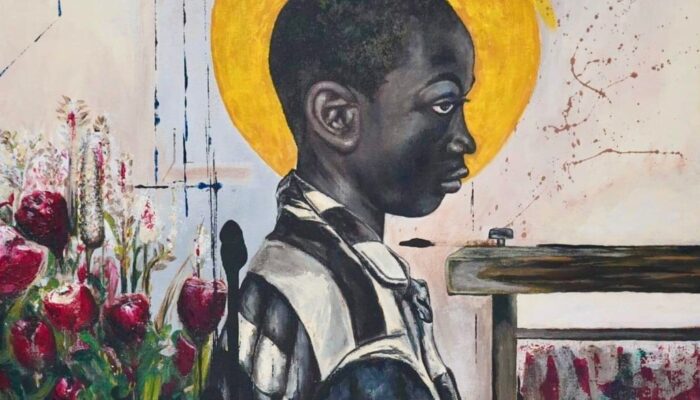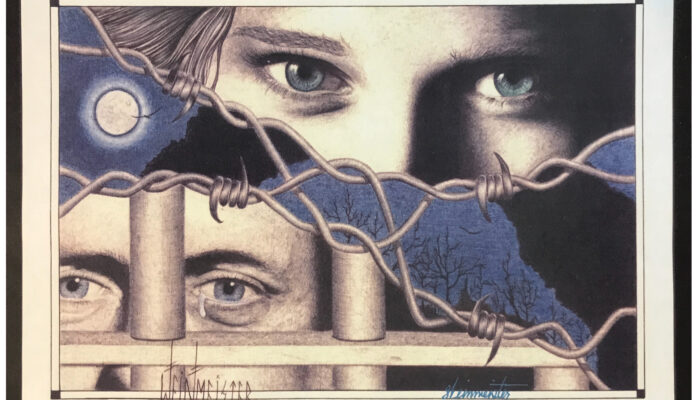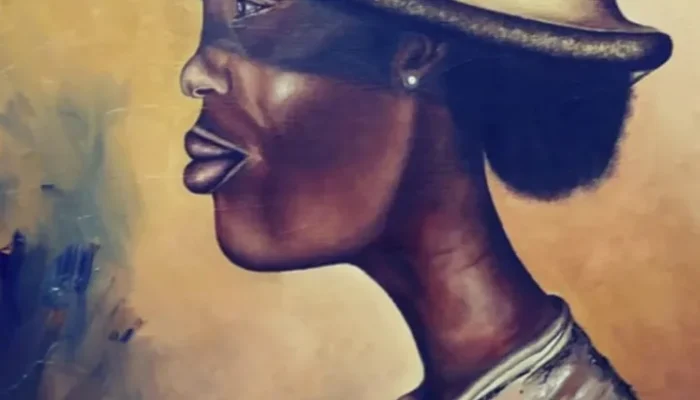“It is called myth because of what it leaves.” This could be a mantra of Lisbeth White’s debut poetry collection American Sycamore, but perhaps a better way to define this line would be as an incantation. Though each of White’s poems stands alone in form, White’s work is bridged (quite literally, considering her series of poems titled “Bridge”) by the elemental divinity that is a byproduct of self-reckoning.
American Sycamore is a creation myth. In “Myth, Seminal,” the speaker renders her father the subject of this myth by equating him to Icarus. In “Origin of Fire,” through the lens of magical realism, White depicts the institution of slavery: “the hands that touched torches to the chattel house were the same that came for herbs every Sunday…aunts and mothers who fled, or maybe grew wings, shapeshifted into owls…” White ends the piece with a striking line: “…black girl, they were more than willing to let me burn.”
The potent, haunting way White presents white supremacy continues in “Awakening of Stones: An Outline1,” encapsulating White’s experimentation with form, strung together with the roman numerals, letters, and numbers characteristic of essay outlines. White’s footnote at the bottom of the piece gives a nod to what the poem intends to speak to, the Accomplice Liability Laws of Alabama that caused a sixteen-year-old black teenager to be held responsible for the death of his friend—who was shot and killed by the police—and sentenced to 65 years in prison in addition to his original sentence.
“Origin of Earth,” White’s second poem in her elemental series, introduces a maternal goddess—a deified midwife who permits “children not hers” to drink “flood from her/wrists.” But this goddess is quite literally brought down to earth in the next lines, in which White writes, “the land/of her body broken/loam.” The narrator sees herself in this figure, wondering when she went from human to object in the same way the figure went from a deity to deadweight: White asks, “who will love this black body/the thingness/it has become?”
If the deity the speaker aims to meet with resides in a temple, then “Block” is the liminal space between futile forgetting and epiphany. The poem—with its staggered form —marks the hundreds of steps it takes to enter the goddess’s abode. As the speaker braves each of these stairs on their journey, they become submerged in ancestry—not as a witness, but as an active participant. In the final stanza, the stairs halt prematurely as the speaker arrives at the temple’s gates, announcing, “i could walk into these woods/& vanish.” The goddess is liberation. The speaker has approached the American Sycamore at last.
“American Sycamore,” White’s titular poem, is a string of questions. Perhaps these are oracles from the goddess herself, or perhaps this is the speaker’s chance to finally voice the questions that have been plaguing them. White asks, “we swung &/didn’t they want/to offer us/to god/like the gifts/we were?” Here, the speaker is also offering themselves up to a goddess in an effort to answer the seemingly unanswerable.
In White’s “Awakening of Stones: Hypothesis / Central Argument,” the wisdom of the goddess is unfurled in the modern version of prophecy—a hypothesis. A hypothesis of hope in spite of and because of suffering, beginning with, “In the new mythology, you are always whole.” The goddess the speaker has sought out throughout the collection has decided to devise her own religion, to make her own rules. “You are born,” White concludes, “knowing how to make your hands into wings.”
American Sycamore is memorable because it possesses the music of poetry and the satisfaction of prose arcs. The latter is revealed in “Shining Rock.” It is through “scrambling [over] quartz boulder” that the speaker discovers the adrenergic ecstasy of flying—or rather, falling. The speaker is finally willing to “grow the bones […] need[ed] for wings.”
Nature and divinity merge in White’s culminating poem, “Residence Time.” The voice of the goddess emerges with the lines “who needs sight/where no light enters,” a musing fit for devotional texts. Following this shift, it becomes difficult to distinguish faith from the earth. This is why White’s final line is a simple article-noun pairing: “a cathedral.” White begins with the elements and ends with the goddess. In American Sycamore, they are one and the same.
American Sycamore was published on October 6, 2022 by Perugia Press.




